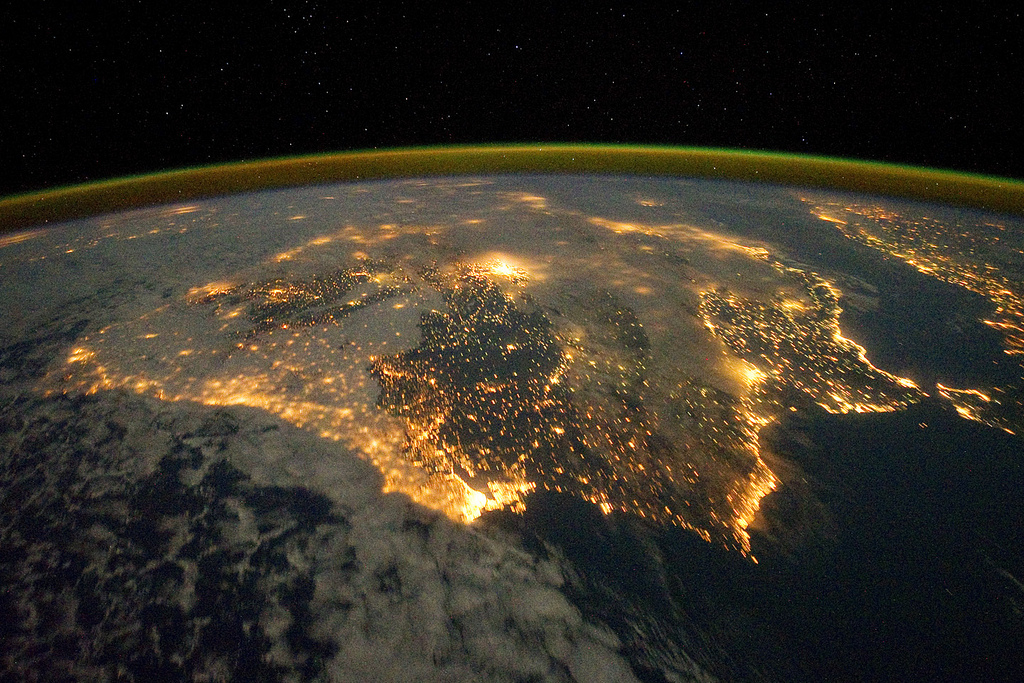Business intelligence company IHS Markit’s solar predictions for this year may be accompanied by a press release emphasizing the positives but the expectation spelled out is very much a question of glass half full or half empty.
The 2020 Global Photovoltaic Demand Forecast published today foresees a 14% rise in the amount of new solar generation capacity expected this year compared to last year’s returns, with IHS predicting 142 GW of new solar will be rolled out in 2020.
However, with the forecast resorting to comparing the prediction to the figures recorded a decade ago, a glance at the individual market expectations indicates continuing uncertainty in the world’s biggest solar market, a dramatic slowdown after an impressive 2019 in Europe and a resumption of activity in India which will nevertheless leave the populous nation a mountain to climb to hit its 2022 solar ambition.
China concern
While solar installations outside China last year are expected to have grown by as much as 53%, IHS Markit is confident enough to predict only continued “double digit growth” outside China this year. Meanwhile, the summary issued to publicize release of the report predicted the uncertainty dogging the world’s biggest solar market is likely to continue until the details of the next five-year plan are made public next year.
Noting Europe almost doubled the amount of new solar capacity installed last year, compared to 2018, IHS Markit expects only a 5% year-on-year rise this time around, with the region expected to deploy more than 24 GW of new capacity. Of that figure, around 63% will be accounted for by Spain, Germany, the Netherlands, France, Italy and Ukraine.
After what the market research firm described as a “flat” 2019 for new solar in India – also thanks to policy uncertainty and the impact of protectionist solar import duties – IHS Markit foresees more than 14 GW of new generation capacity will be deployed this year. That sort of return, propelled by cheaper modules and a huge project pipeline, would take India past 46 GW of solar capacity but still leave it well short of its 100 GW aim for 2022.
The Big Apple
The U.S. will remain the world’s second biggest solar market this year, according to IHS, with Florida, North Carolina and New York joining the list of key drivers cited by the analyst behind perennial solar leader California and recent contender Texas.
Although the top ten solar markets will contribute 73% of the world’s new solar capacity this year, according to IHS, new markets will emerge in Southeast Asia, Latin America and the Middle East and “more than 43” nations – 44, perhaps? – will boast more than a gigawatt of installed solar capacity in 12 months’ time.
That sort of proliferation will mark a different direction for global solar in the new decade, according to Edurne Zoco, director of clean technology and renewables at IHS. In the press release published today, Zoco said: “If the 2010s were the decade of technology innovation, steep cost reductions, large subsidies and dominance by a few markets, then 2020 marks the decade of emerging unsubsidized solar, diversification and expansion of solar installation demand across the globe, new corporate entry players and increasing competitiveness versus conventional energy sources.”
This content is protected by copyright and may not be reused. If you want to cooperate with us and would like to reuse some of our content, please contact: editors@pv-magazine.com.




6 comments
By submitting this form you agree to pv magazine using your data for the purposes of publishing your comment.
Your personal data will only be disclosed or otherwise transmitted to third parties for the purposes of spam filtering or if this is necessary for technical maintenance of the website. Any other transfer to third parties will not take place unless this is justified on the basis of applicable data protection regulations or if pv magazine is legally obliged to do so.
You may revoke this consent at any time with effect for the future, in which case your personal data will be deleted immediately. Otherwise, your data will be deleted if pv magazine has processed your request or the purpose of data storage is fulfilled.
Further information on data privacy can be found in our Data Protection Policy.